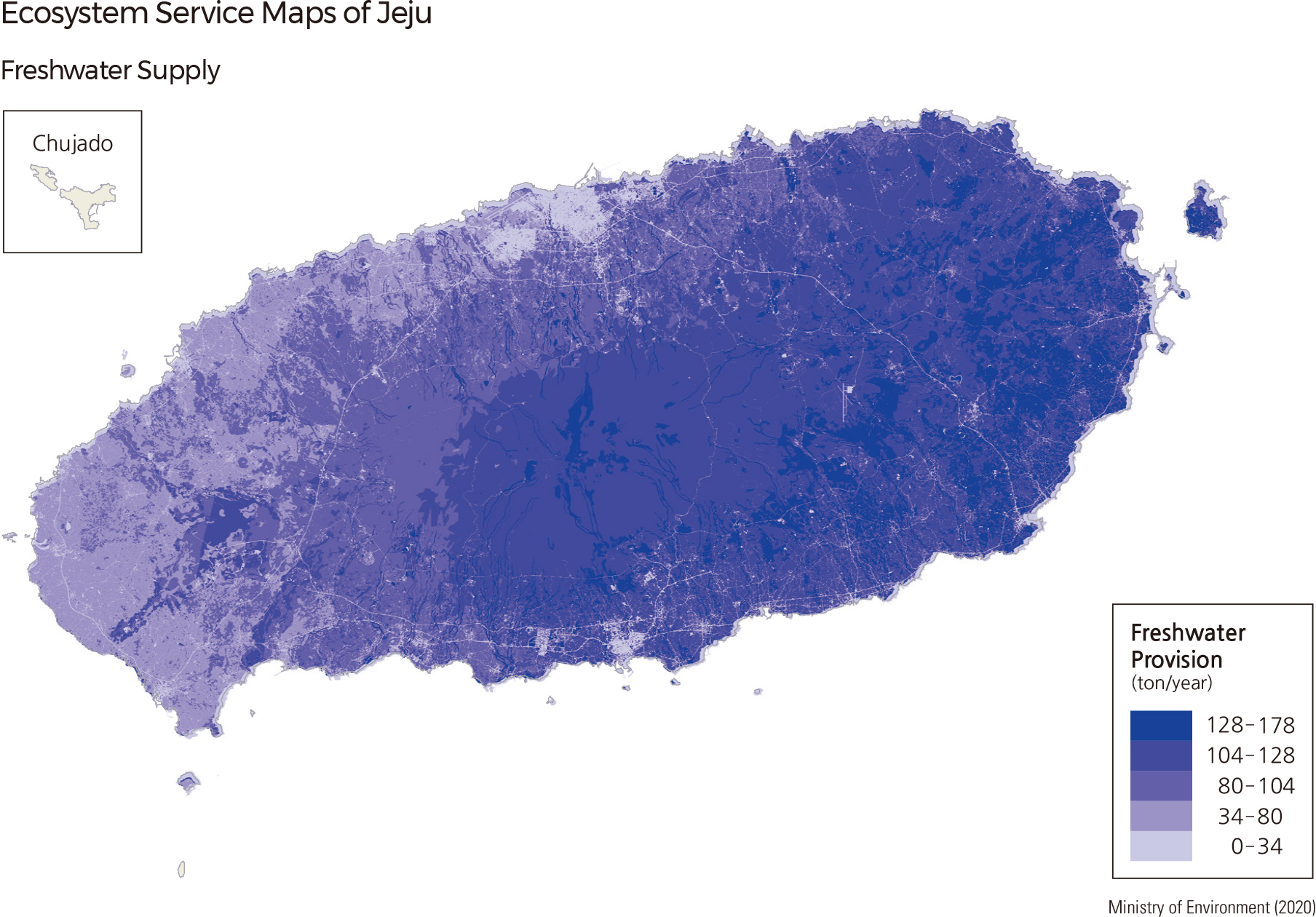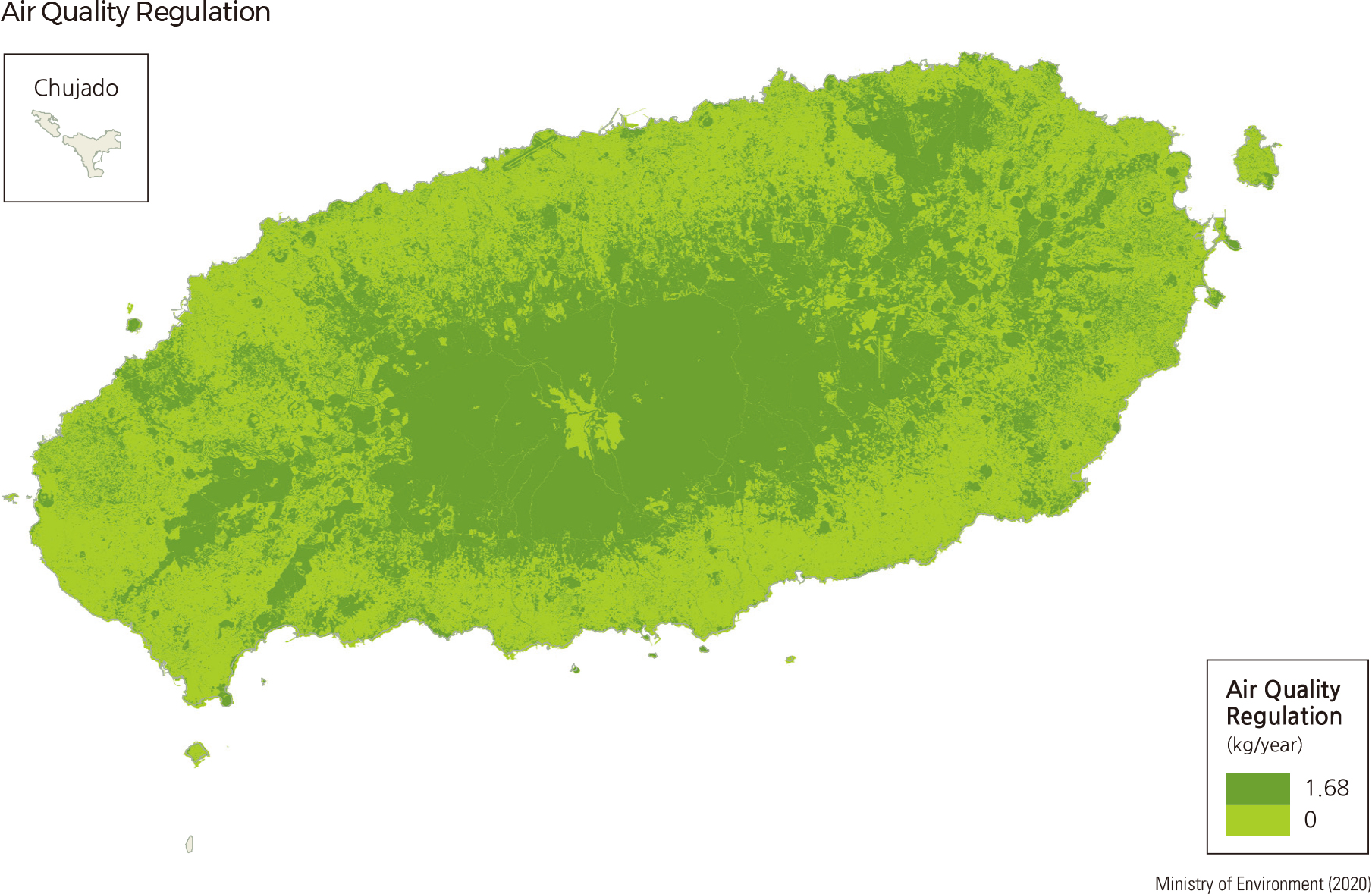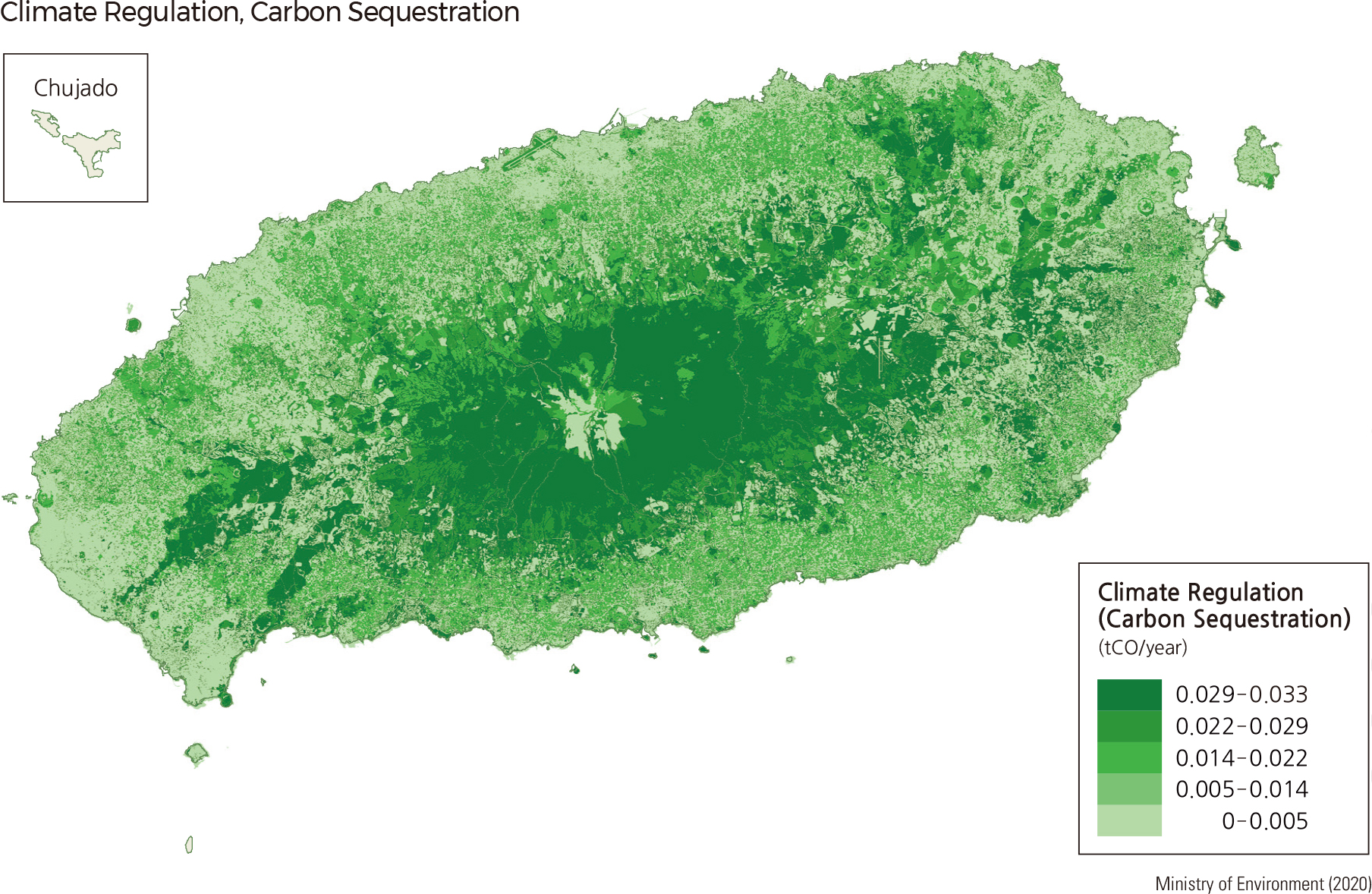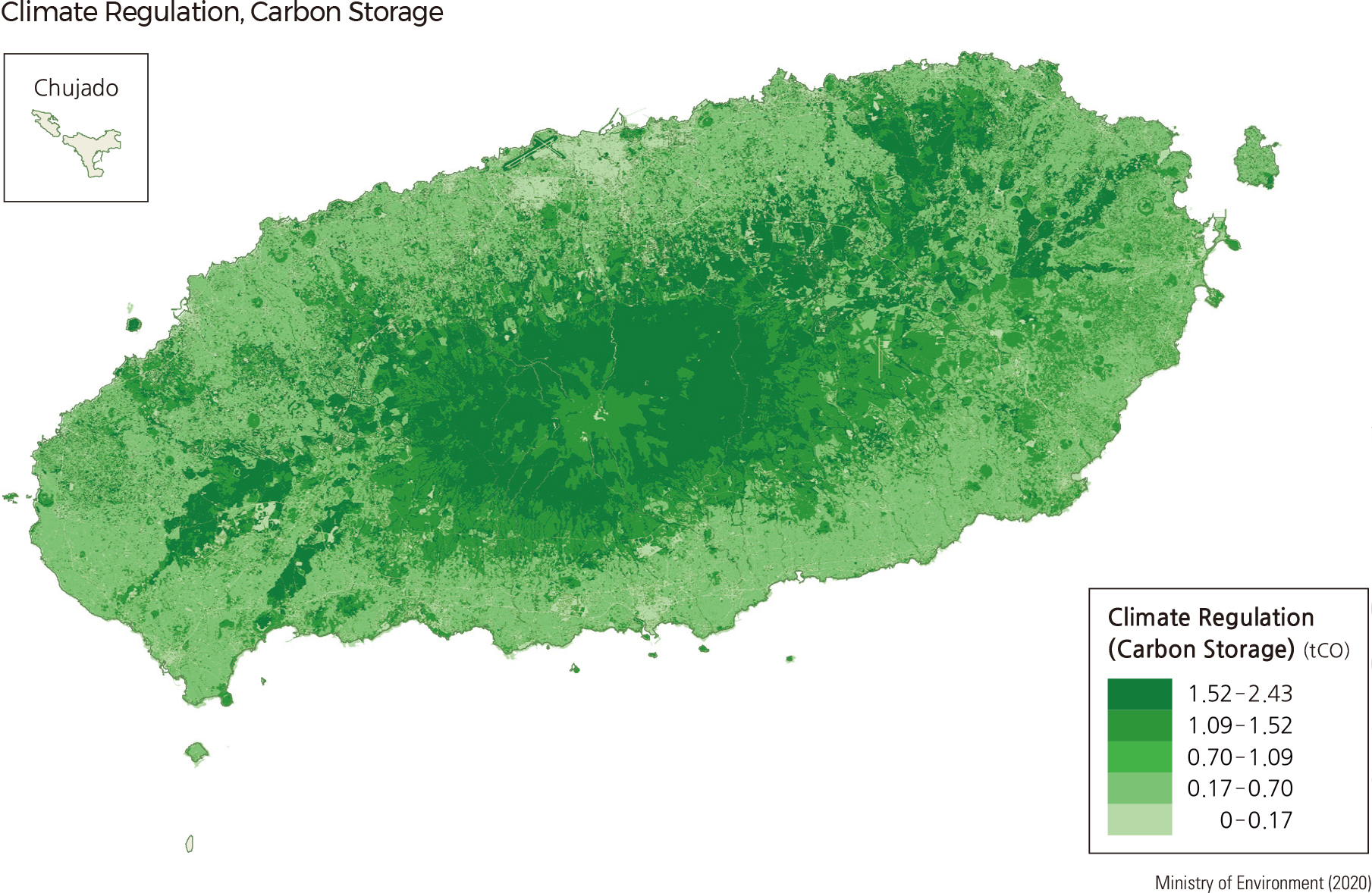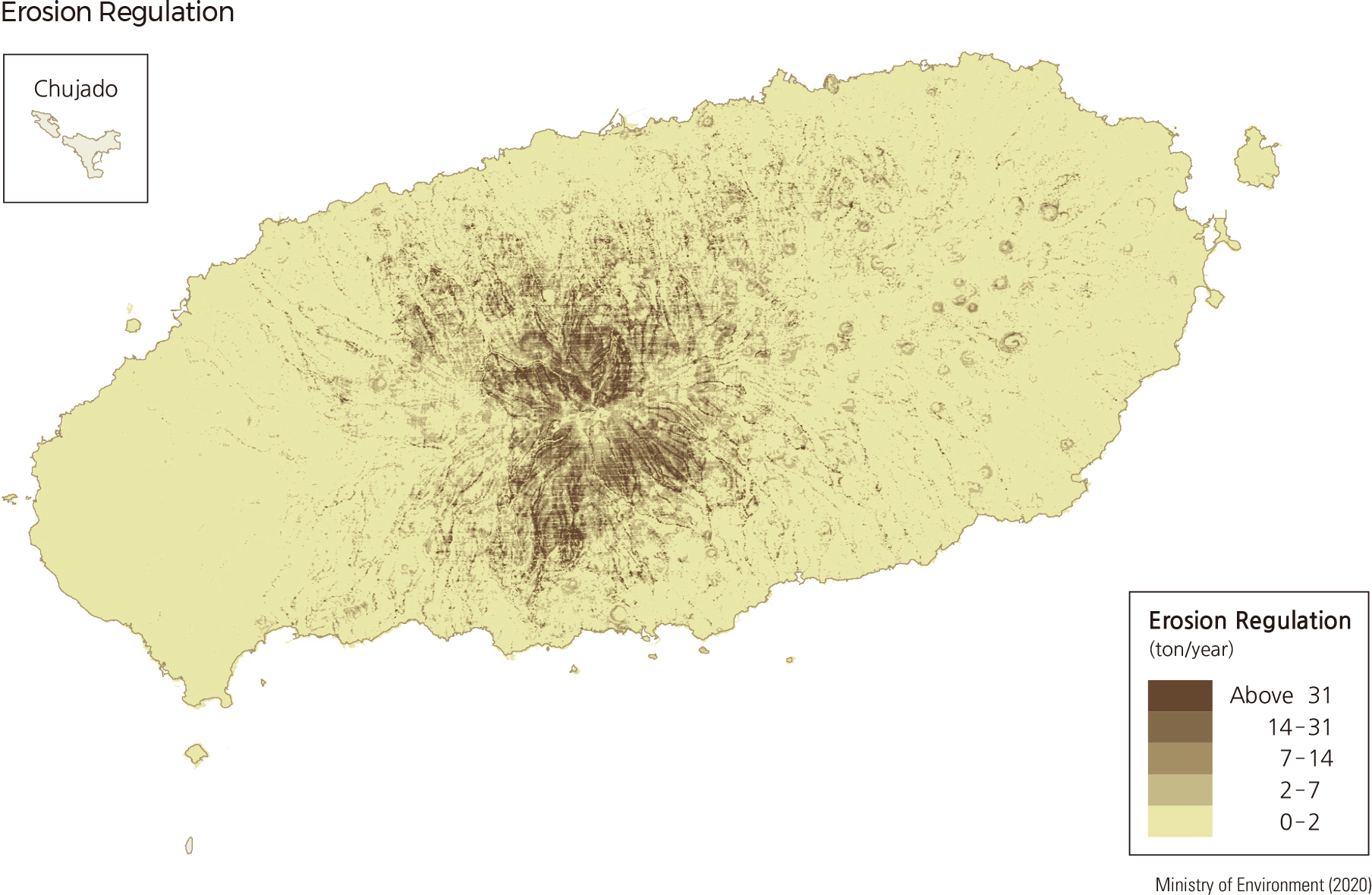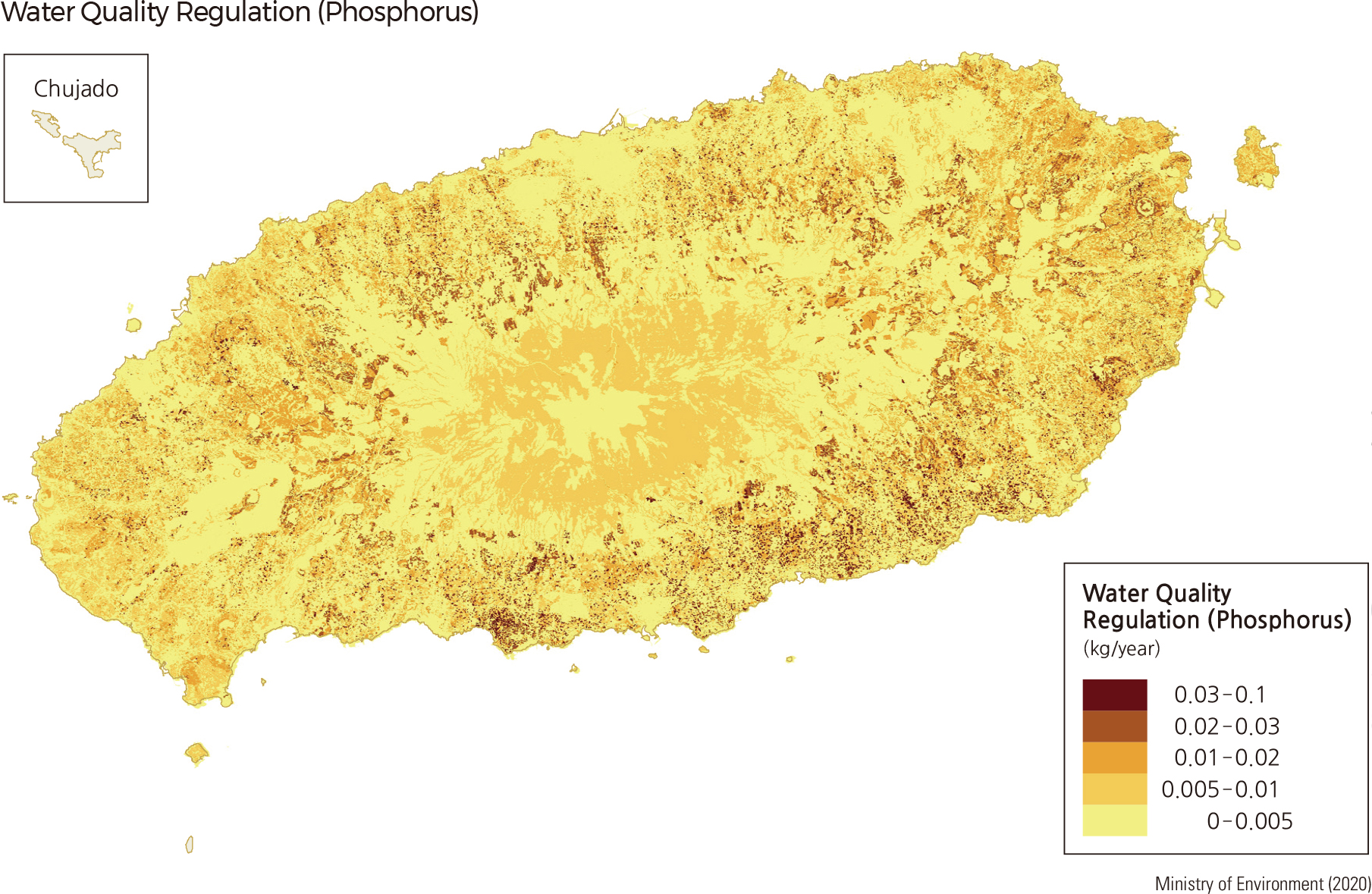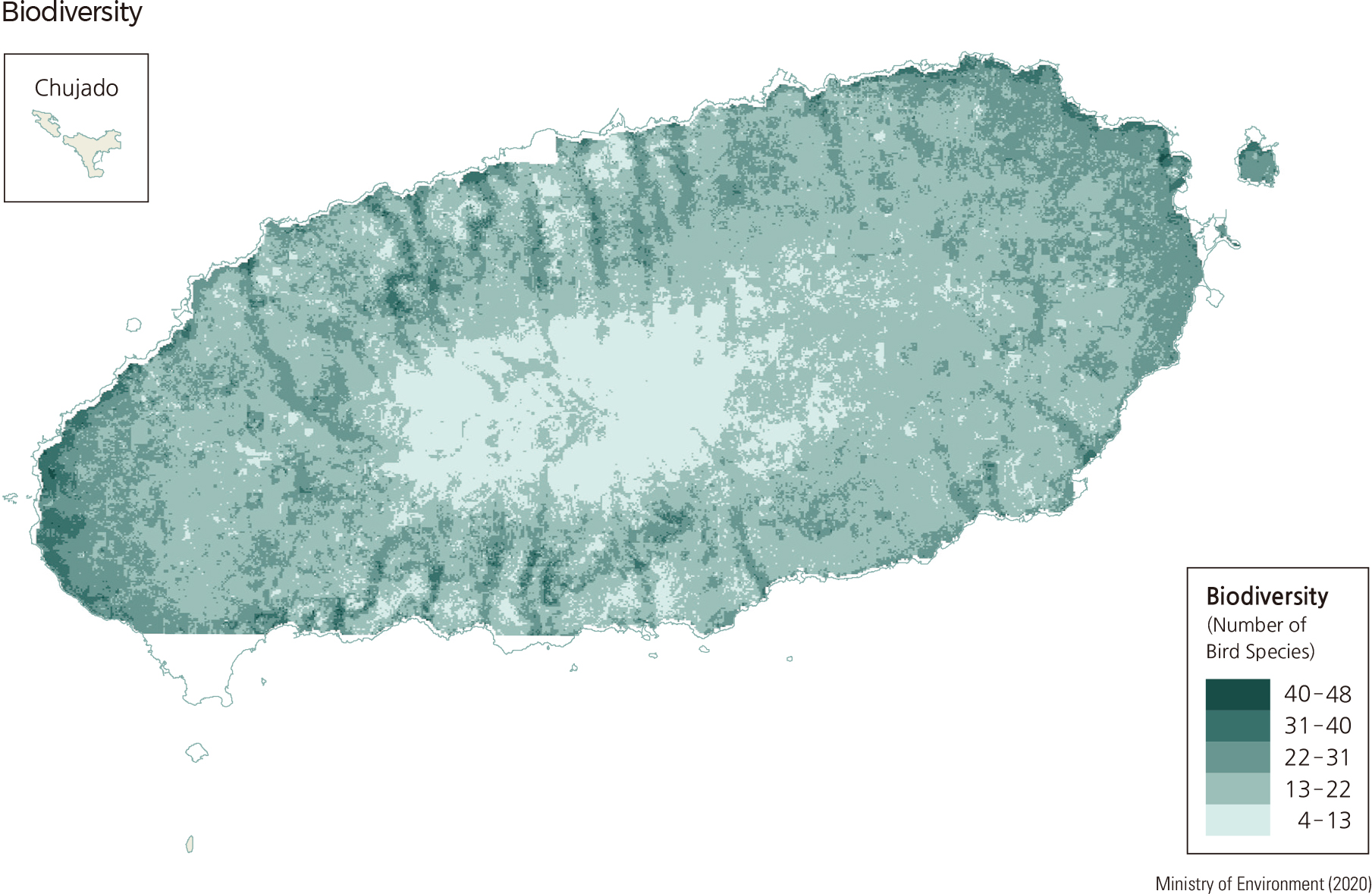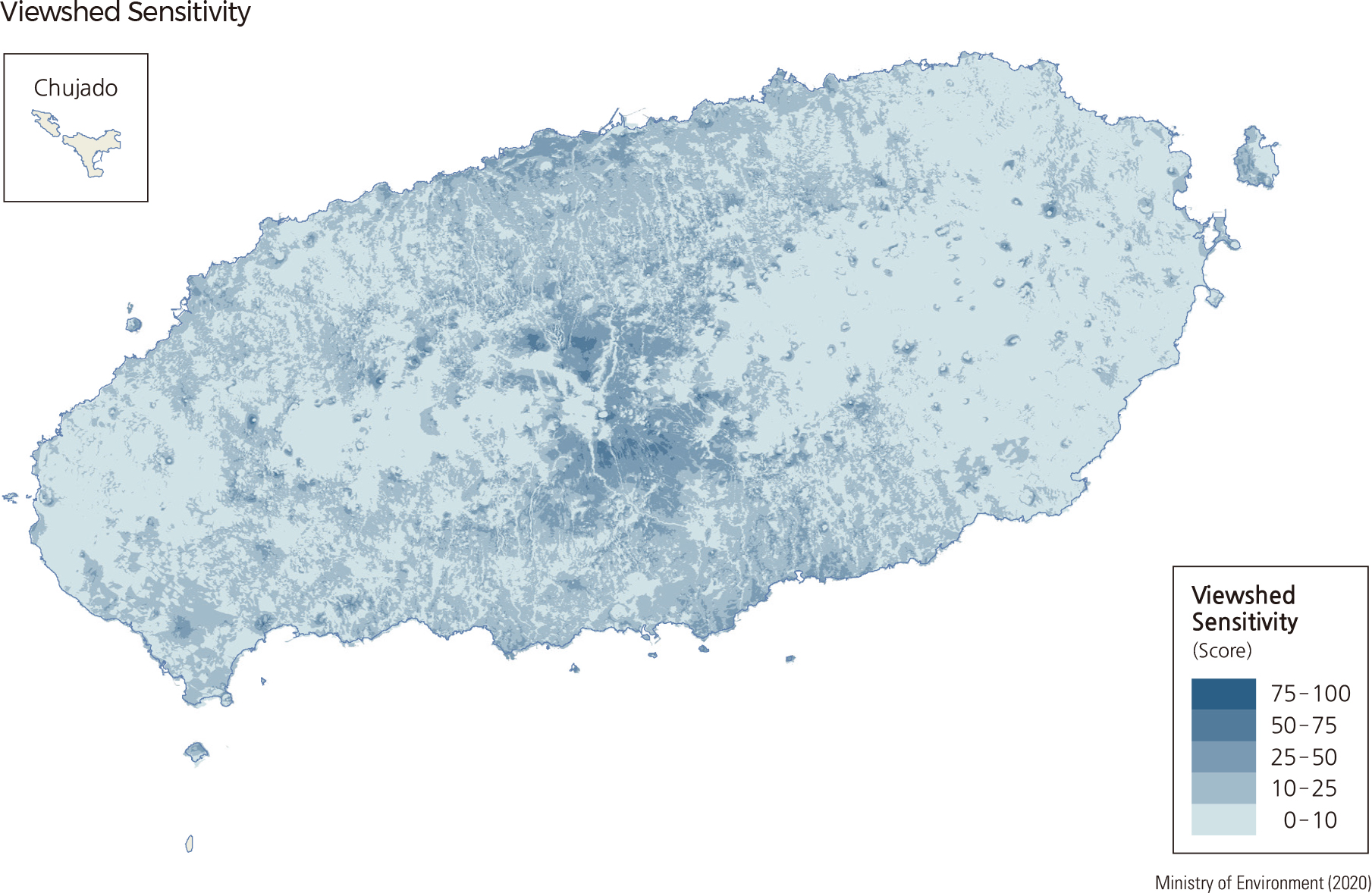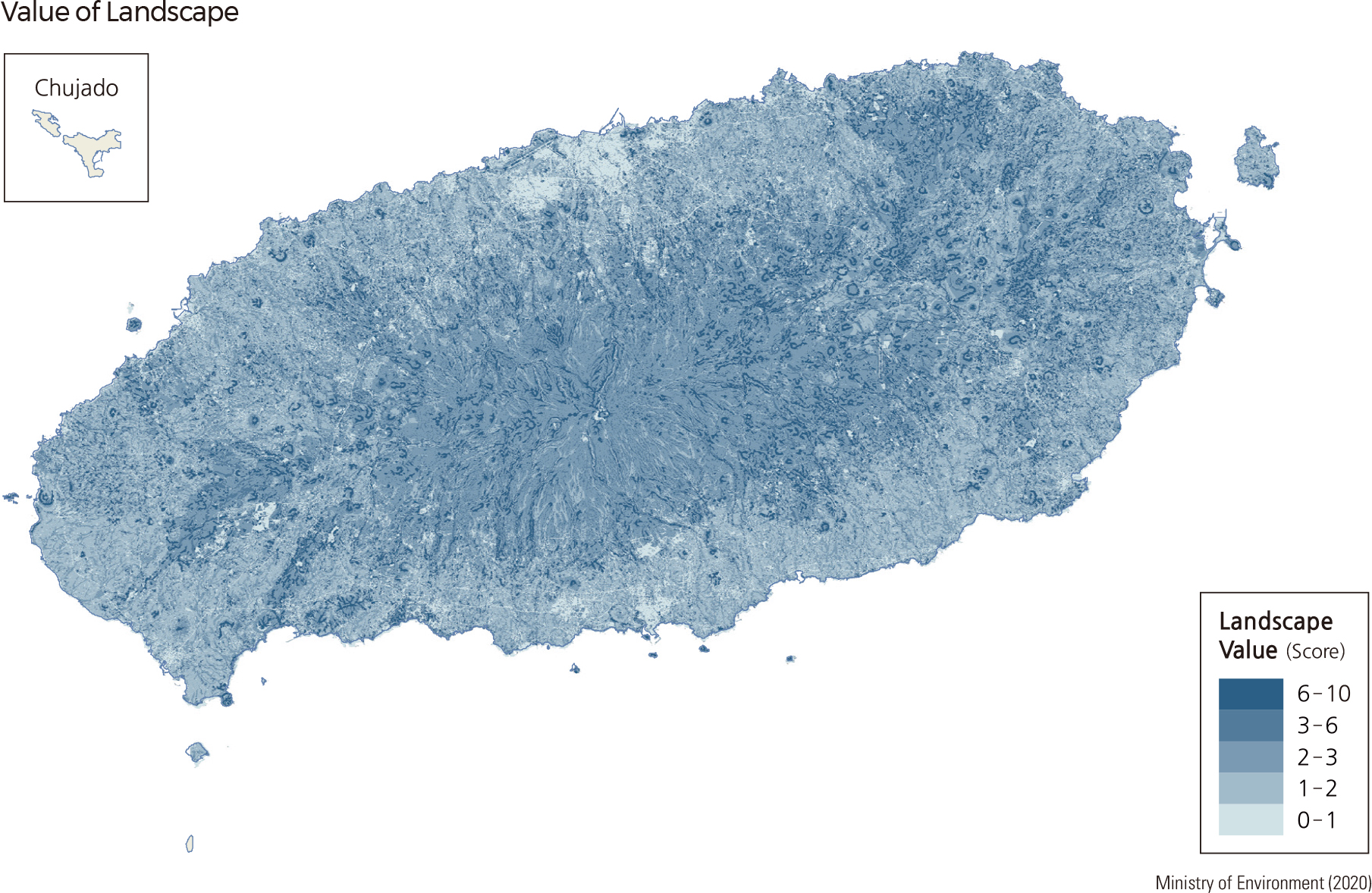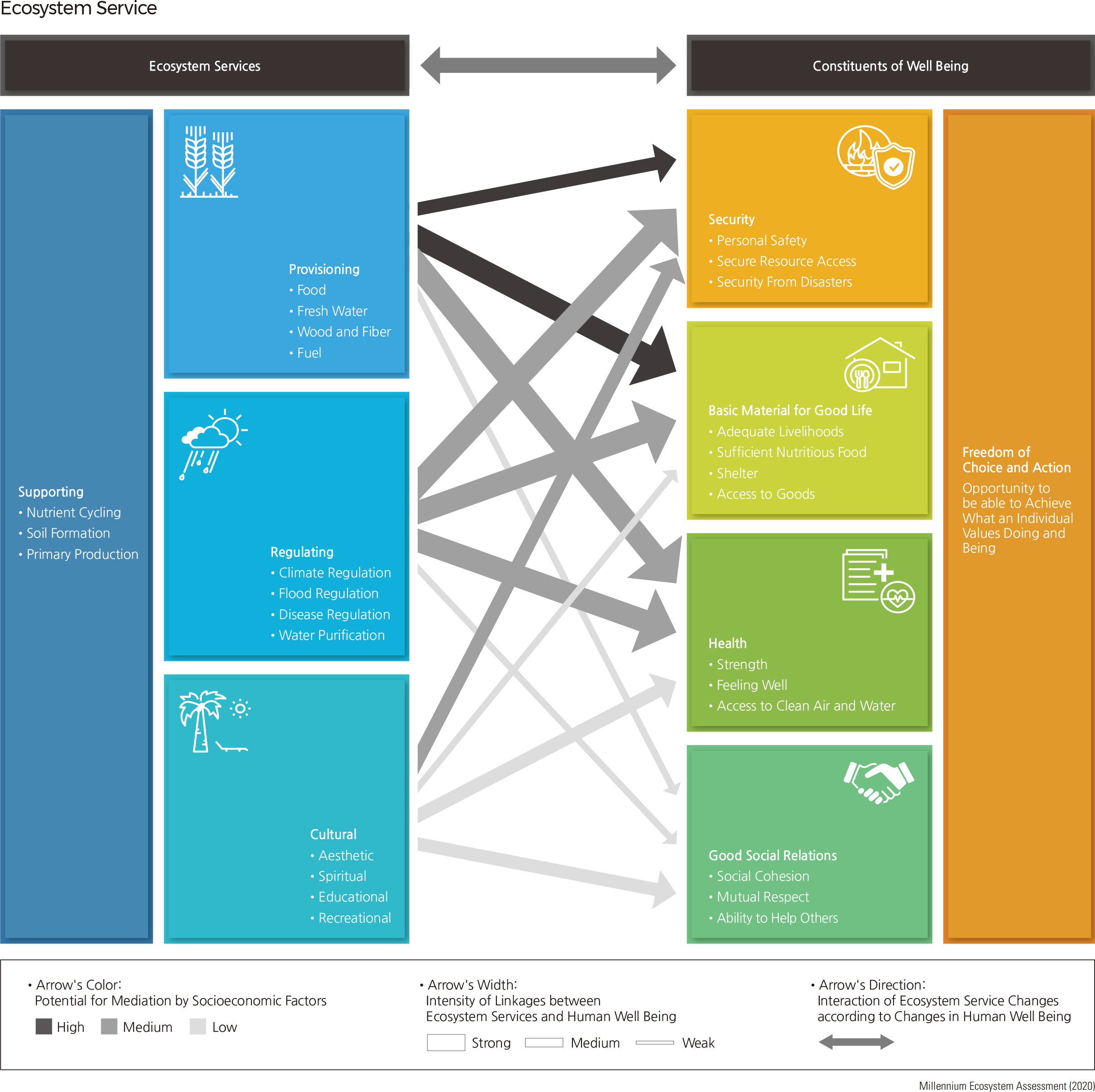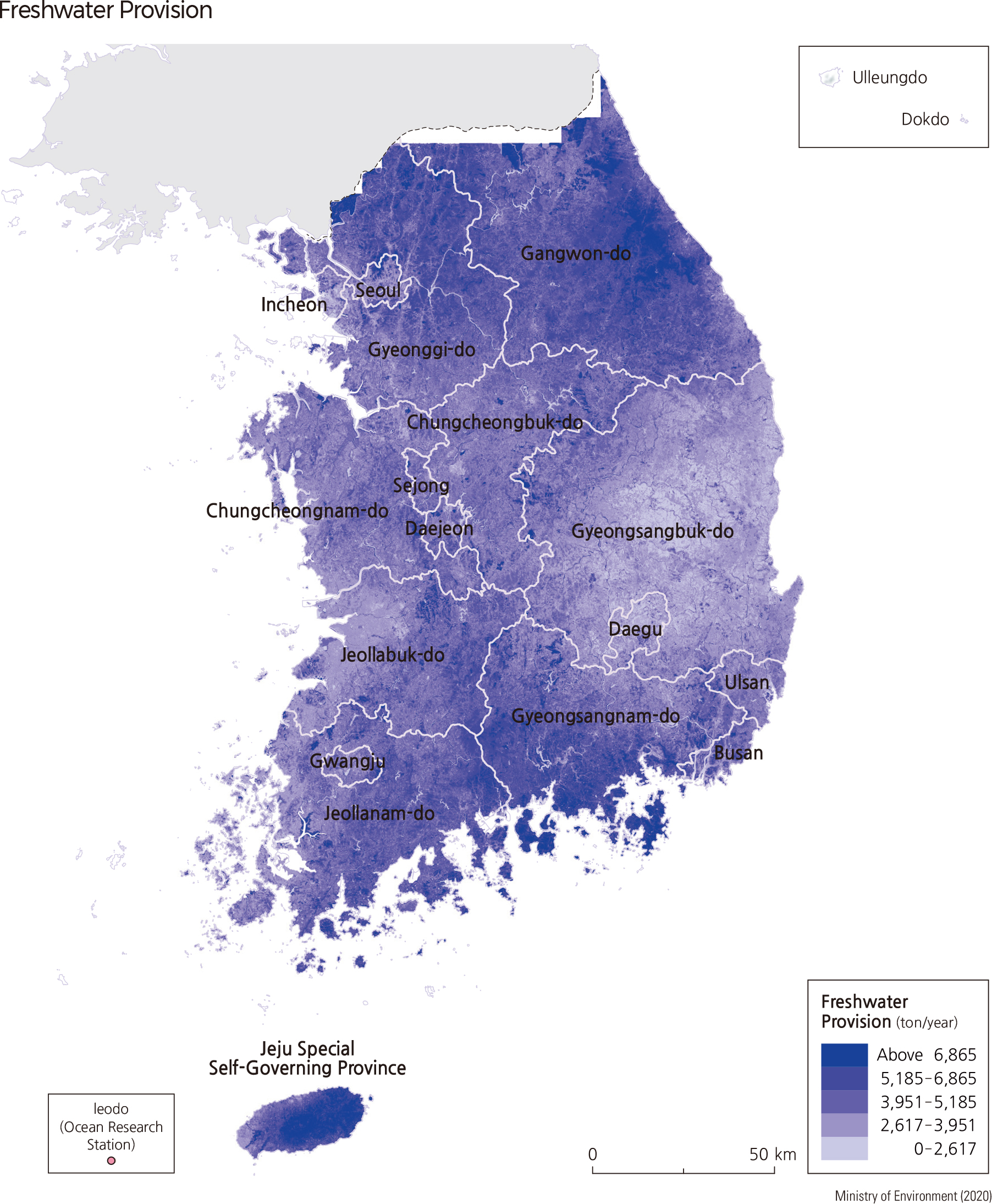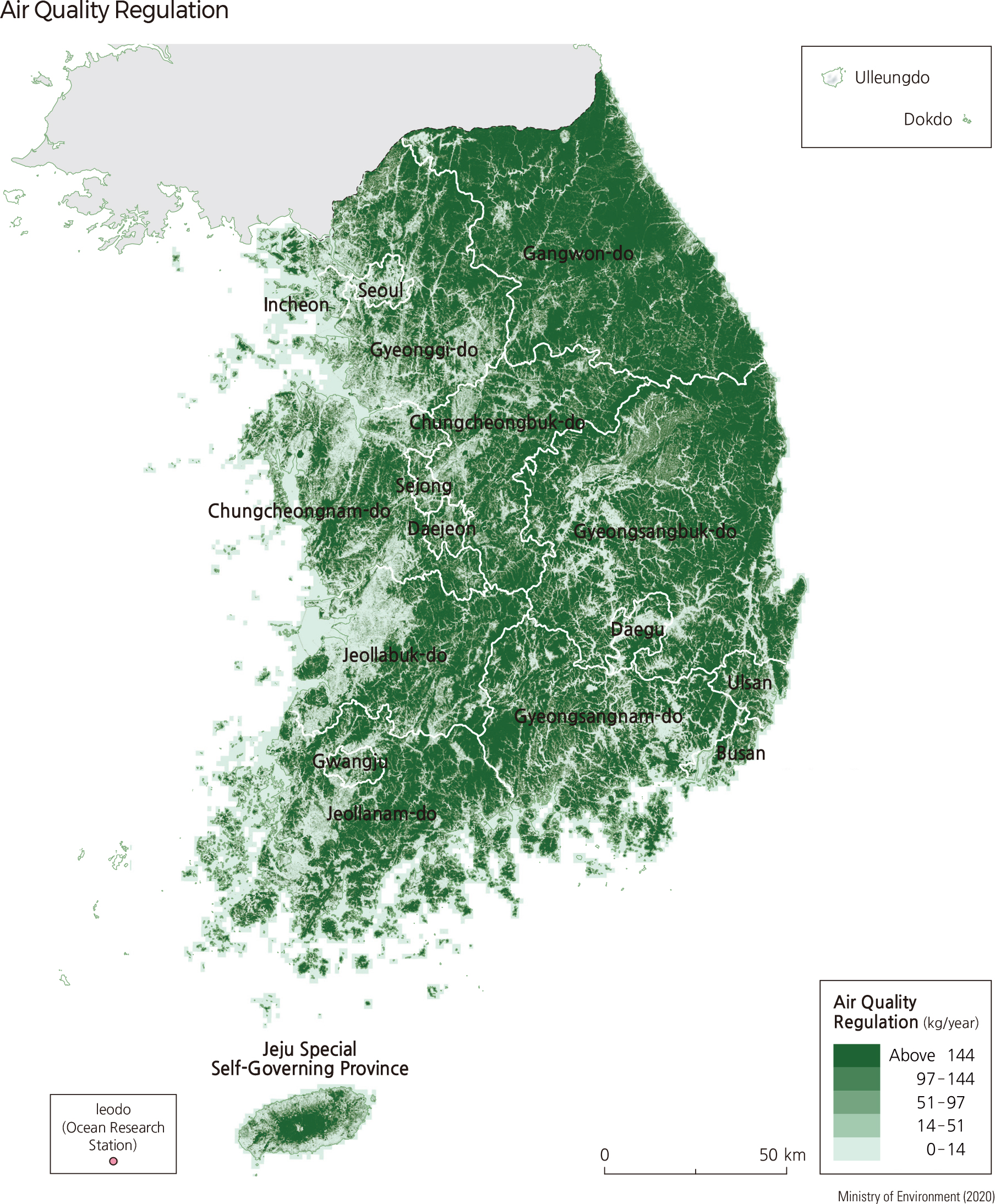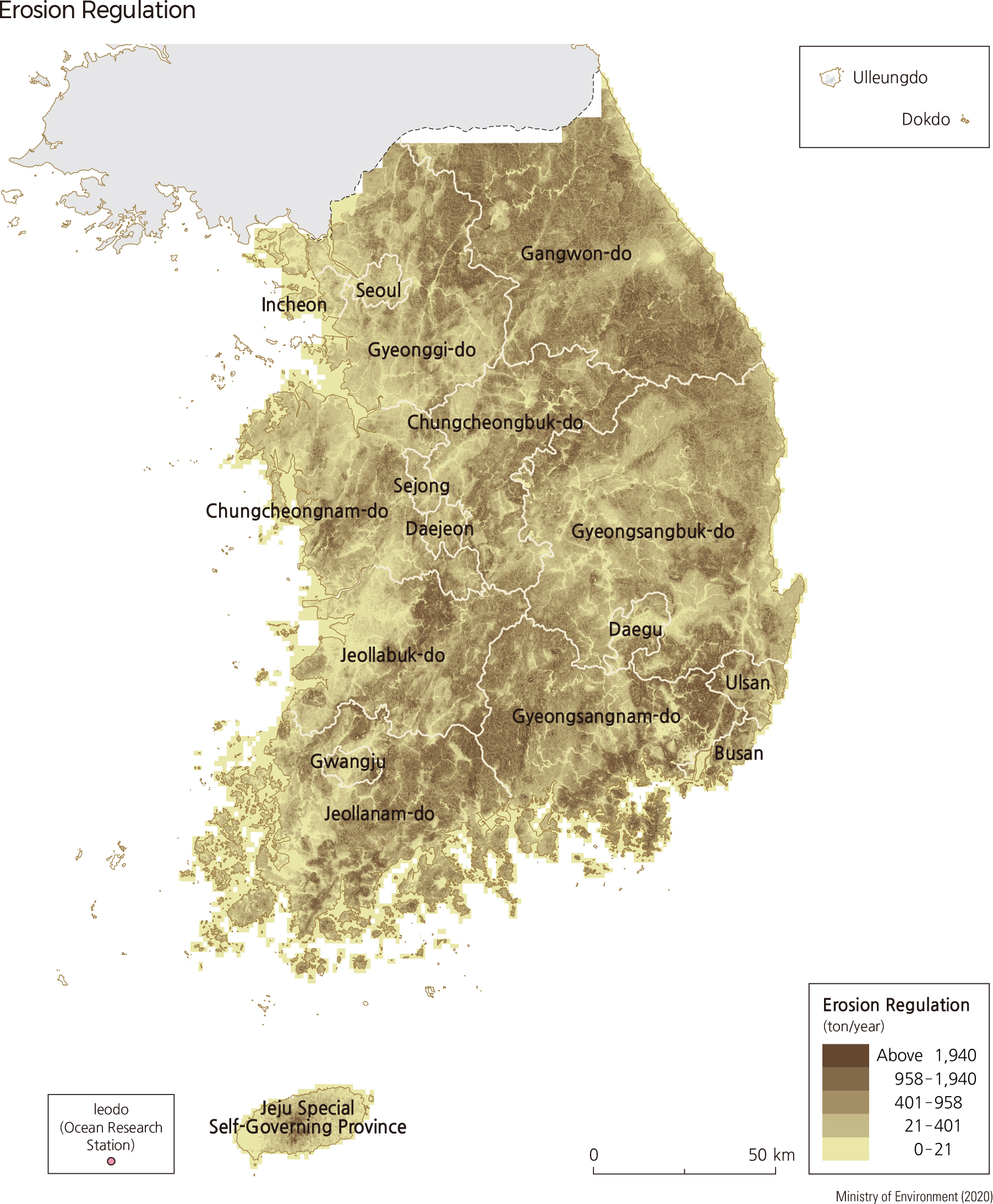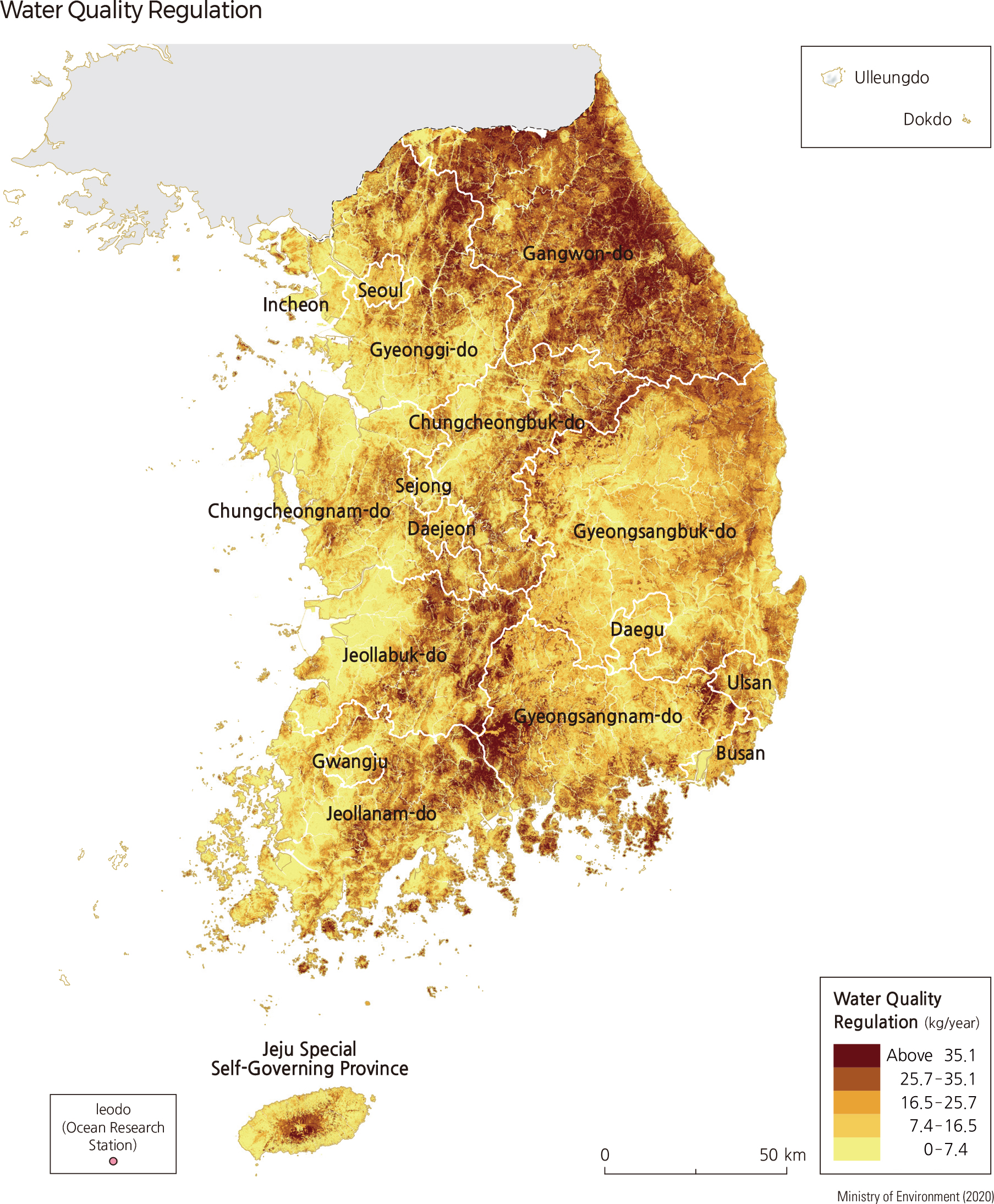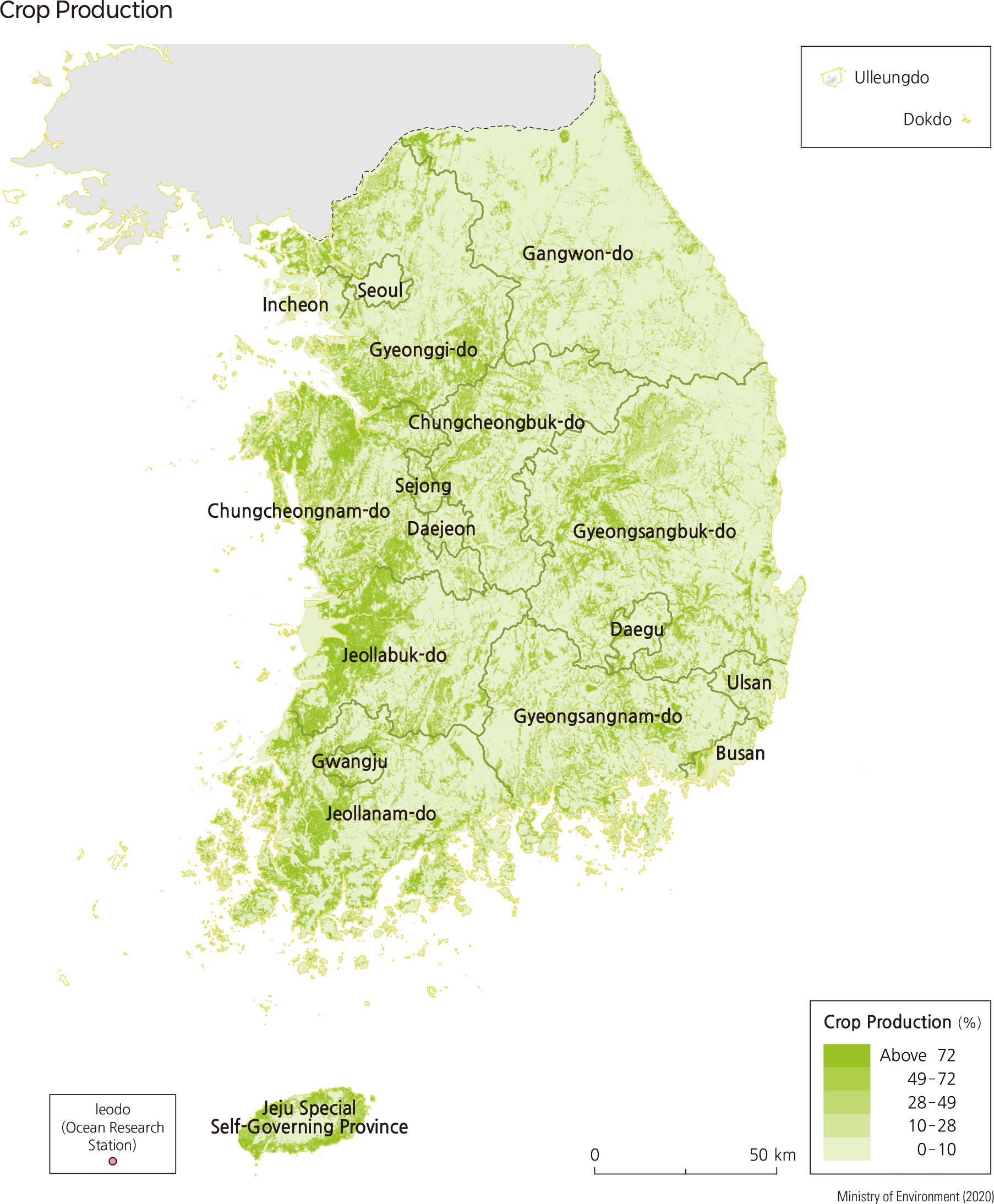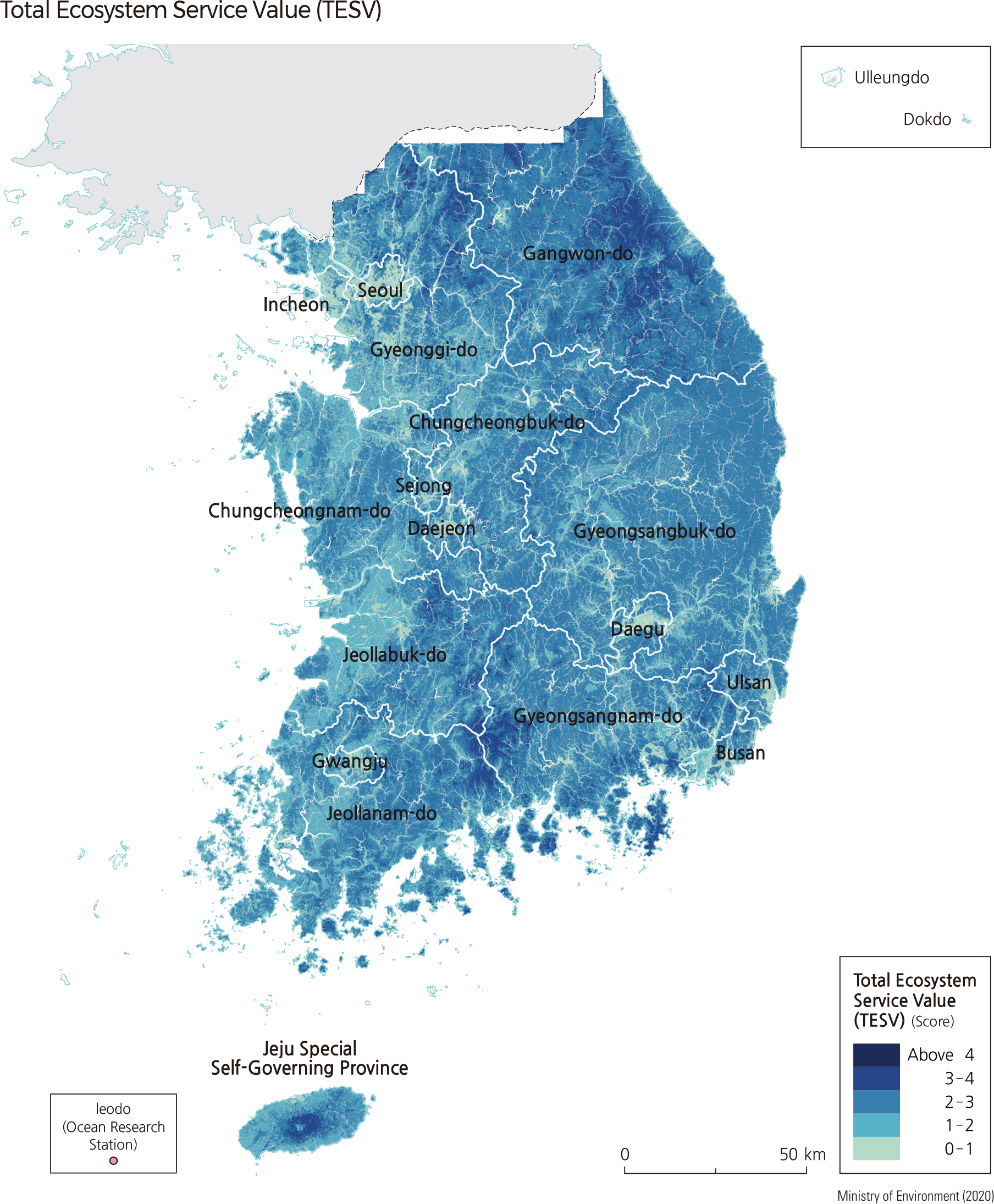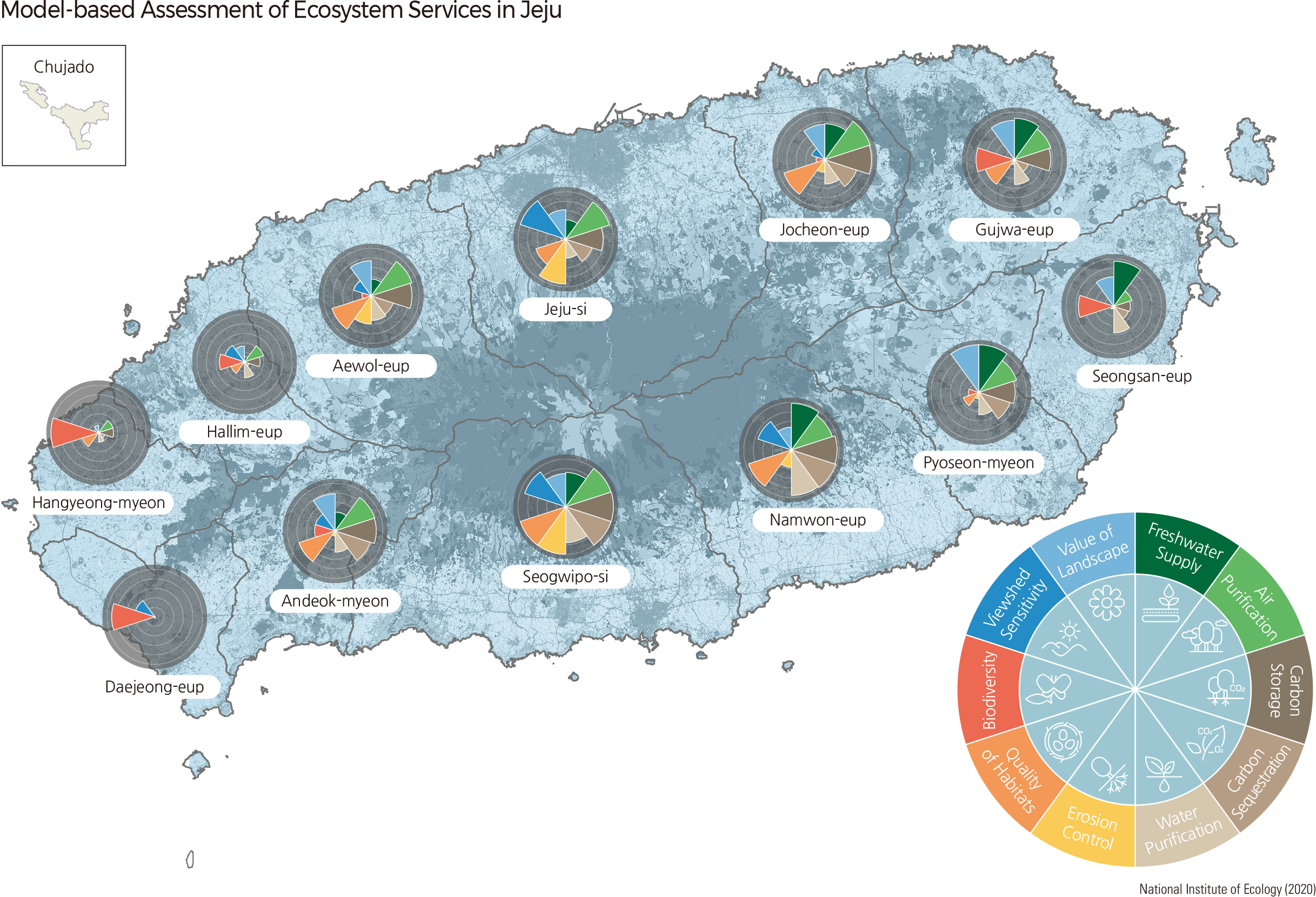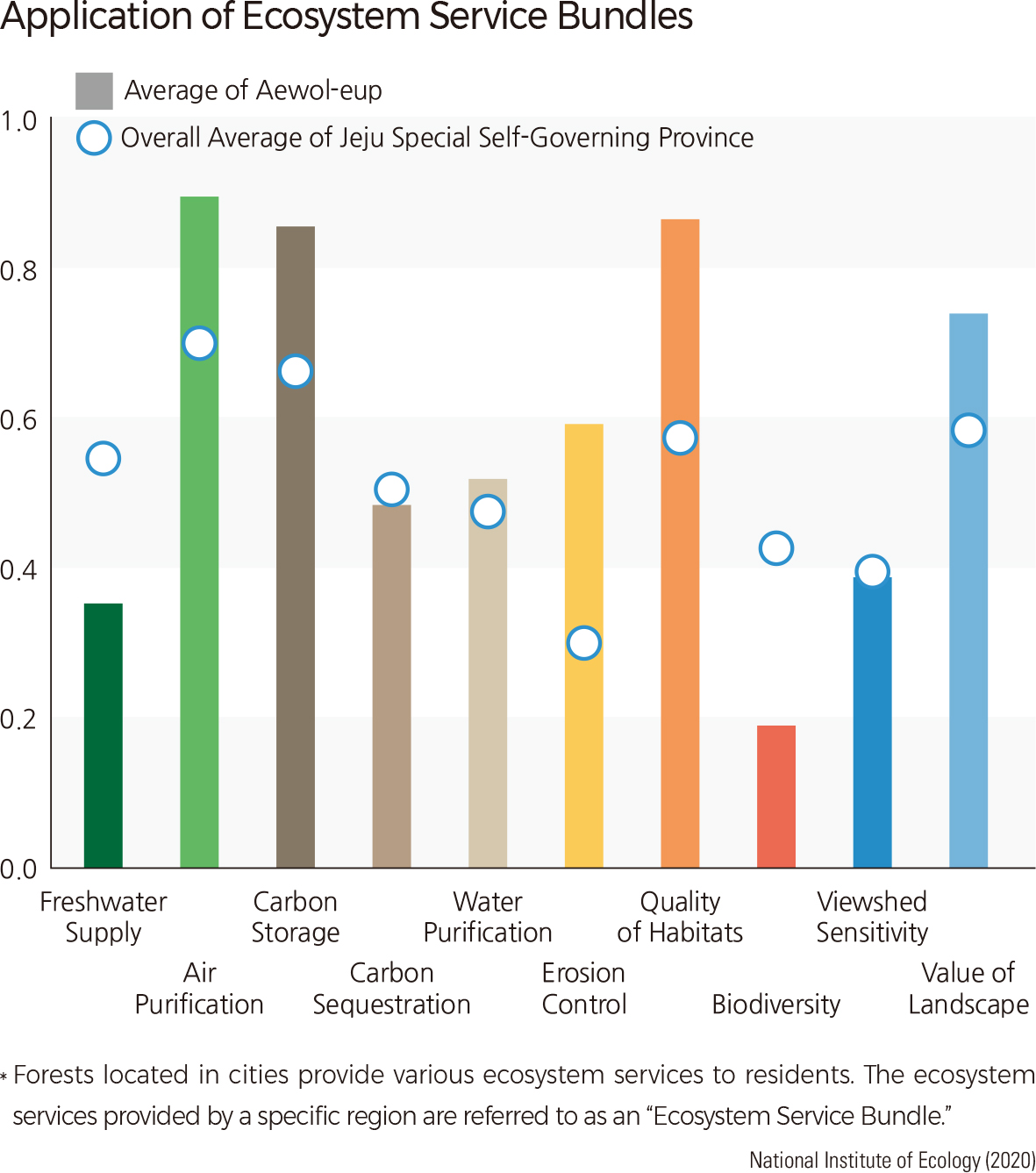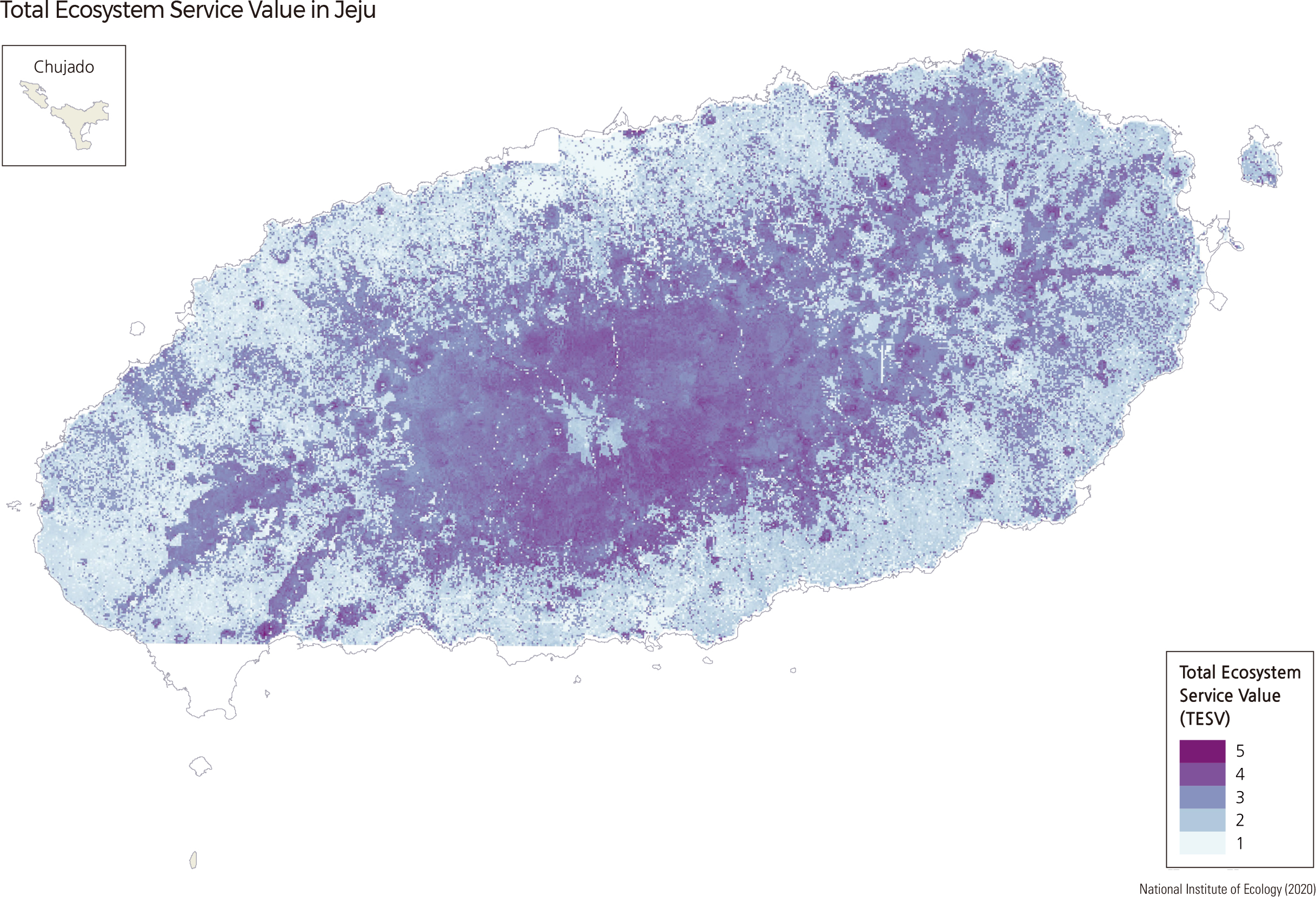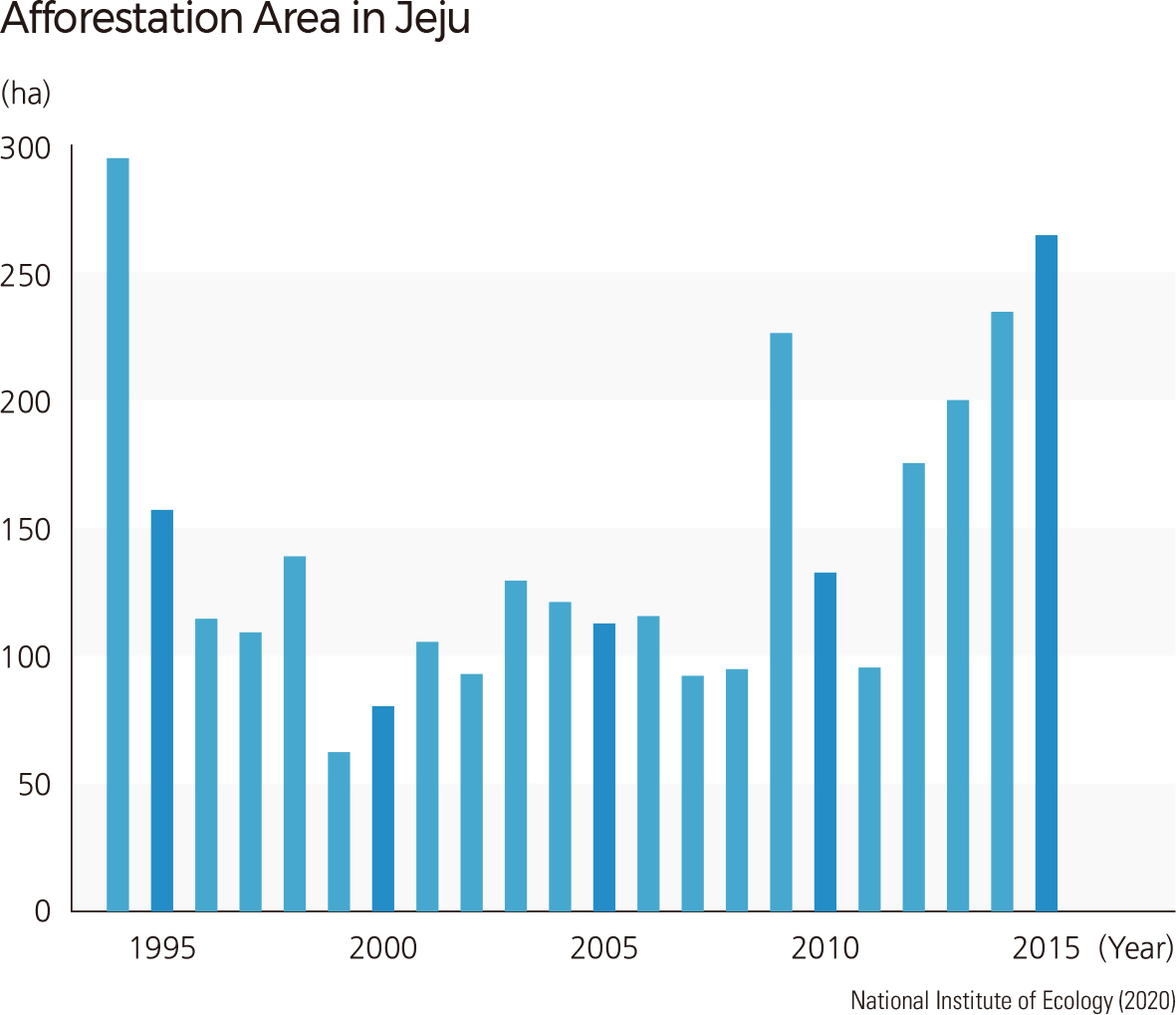English II 2020
Ecosystem services provide indispensable benefits derived from ecosystems for human well-being with the sustainable use of natural capital for all people, including current and future generations. Ecosystem services are states and processes that allow ecosystems and biological species to sustain human systems. On the other hand, ecosystem disservices refer to the harmful ecosystem processes and functions, such as loss of biodiversity, avian influenza, African swine fever, the novel coronavirus (COVID-19) infection, and other public health-related issues that result in negative effects on human well-being in the socioecological systems.
According to the Millennium Ecosystem Assessment (MEA), 60% of the world's ecosystem services are degraded, despite the essential functions and benefits of the ecosystem services for human well-being and happiness and quality of life improvement; thus, there is great urgency for collaborative scientific research and collective action to address the sustainability issue. Interaction between ecosystem services and components of human well-being depends on the substitutability and strength of the interaction. Ecosystem services affect components of human well-being such as security, basic materials for improving the quality of life, health, and good social relations, under the provision of freedom of choice and action.
Substitutability refers to the potential for coordination between socio-economic factors. It is strong in supply service and relatively weaker in cultural service. In the case of adjustment services, the strength of interaction appears to be high in the interaction between the satisfaction of basic needs and quality of life. Human well-being has an interactive relationship with ecosystem services, and the substitutability and strength of the interaction depend on the characteristics and the spatial range of an ecosystem. Therefore, the valuation of ecosystem services should consider the dynamic characteristics of human-environment interactions to analyze environmental justice, ecosystem disservices, scale, distribution, and efficient allocation.
The Millenium Ecosystem Assessment (MEA) report in 2005 raised public awareness in that MEA showed the relationship between humans and ecosystem change and estimated the quantitative and comprehensive loss of ecosystem services. Ecosystem Services are categorized into provisioning, regulating, cultural, and supporting services. Provisioning service refers to benefits humans receive directly from the ecosystem, such as food, water, wood resources. Regulating service refers to the benefits generated by the regulation of ecosystem processes, such as controlling air and water quality, climate regulation, erosion control, and pollination. Cultural services indicate leisure and recreation, spiritual inspiration from nature, and education. Supporting services provide essential and basic services, such as biodiversity and soil formation. The Ministry of Environment initiated the project for mapping ecosystem service assessment at the level of local government in 2018 and produced the ecosystem services map of Jeju island in 2019.
The Act on the Conservation and Use of Biological Diversity defines ecosystem services. The Act establishes a scientific decision-making process related to ecosystem services and a policy foundation to support it. The Act specifies the classification of ecosystem services and establishes the basic principle that ecosystem services should be systematically provided and promoted to preserve the ecosystem and improve the quality of life of the people for the conservation of biodiversity and the sustainable use of biological resources. The Act also includes systematic provisions and promotion of ecosystem services in the National Strategy on Biodiversity.
The Act stipulates that policies to protect ecosystems and endemic species on the Korean Peninsula and its adjacent islands, including the northern part of the Korean Peninsula beyond the Military Demarcation Line (MDL), should be promoted. These policies support research on biodiversity, surveys on species and natural assets, and evaluation of ecosystem services. The Act states the payment for ecosystem services, which means the various measures for conservation and management of landscape and natural capital, such as modification of cultivation, reduction of chemical material, development of wetlands, and other land management, shall be made for systematic conservation and improvement of ecosystem services by the landowners and managers. It may be recommended to the head of the local government to formulate a payment for ecosystem services.
Freshwater provision is an ecosystem service that supplies essential water resources by storing water in vegetation and soil, and by controlling the flow of water that reaches the surface by precipitation. A map of the freshwater provision is created by the InVEST water yield model using annual mean precipitation, annual potential evapotranspiration, soil moisture content from soil map, land cover, and a biophysical table by land cover types.
Air quality regulation is an ecosystem service that improves air quality through the sequestration of pollutants such as ozone (O3), sulfur dioxide (SO2), and nitrogen dioxide (NO2) by plants. A map of air quality regulation is created by per unit value of pollutant sequestration of vegetation types from a land cover map.
Climate regulation is an ecosystem service that regulates greenhouse gas concentrations through storage processes of carbon dioxide (CO2) by operation of the InVEST Carbon model using a land cover map and a matrix of the biophysical table of the amount of carbon stored in carbon pools by land cover types. A map of annual carbon sequestration by forest is also created using a forest map and the amount of carbon sequestration by forest types.
Erosion regulation is an ecosystem service that reduces soil erosion through soil retention by roots of vegetation in slopes during rainfall events. A map of erosion regulation is created through the InVEST SDR model using the r factor from rainfall data, the k factor of soil, Digital Elevation Model (DEM) and land cover data, biophysical table of land cover, and management factor, which calculate the amount of soil retention.
Water quality regulation is an ecosystem service that dilutes or sequesters water pollutants by vegetation and recompositions chemicals by components of ecosystems.
A map of water quality regulation is created through the InVEST NDR model using DEM, rainfall, land cover data, and a biophysical table for retention efficiency and length.
A map of biodiversity is created by the ecological status model enclosed in the species distribution model using results from the national natural environmental survey.
As a cultural ecosystem service, aesthetic value is calculated based on viewshed analysis that takes into account the viewshed, viewer sensitivity, and viewshed limiting factors. A map of viewshed sensitivity is produced by quantitative analysis on visible areas within prospect right using ArcGIS, a spatial analysis tool.
The landscape is a cultural ecosystem service from which people benefit because of the aesthetic or functional values of places provides by ecosystems. A landscape map is created by scores of the landform and land cover type extracted through the survey for experts using ArcGIS, a spatial analysis tool.
Comprehensive assessments of ecosystem service maps are conducted through indexing and clustering processes. An indexing process normalizes each ecosystem service map from 0 to 1, then summarizes all maps to calculate a TESV (Total Ecosystem Service Value). The TESV is useful for identifying hotspot areas with a high level of ecosystem service supply and understanding spatial distribution patterns of ecosystem services. A clustering process classifies administrative areas according to the distribution of a normalized value of each ecosystem service and creates bundles representing sets of ecosystem services visually. The clustering result can identify the characteristics of ecosystem service by areas and compare the characteristics of ecosystem services among areas. A bundle map is created to distinguish the results of ecosystem service assessment and to identify characteristics of districts of Jejudo using assessment results of ecosystem service supplies per unit areas.
The national assessment of ecosystem services includes the freshwater provision, air quality regulation, climate regulation, erosion regulation, and water quality regulation. A crop production service, which is calculated using agricultural areas in land cover maps, is also included. TESV is calculated using the assessment results of the six ecosystem services mentioned above. Ecosystem service bundles are created by a normalized value of each ecosystem service per unit area of administrative districts.
Economic values of ecosystem services can be assessed using various approaches. For example, the economic value of climate regulation is assessed through the market value of the exchange of the amount of forest sequestration of carbon dioxide. The market value of forest climate regulation in Jejudo is assessed by the assignment of the carbon dioxide conversion coefficient to price using domestic carbon credits and the annual amount of carbon sequestration by forest calculated from forest type maps and data on carbon sequestration by forest types.
Local participatory ecosystem service approaches assess ecosystem services provided by ecosystem assets through the selection and on-site assessment of ecosystem assets ranging from 1 to 5, which are based on residents' perception of the ecosystem services they experience in their society. Forty-two local participants in Jeju Special Self-Governing Province select 100 representative ecosystem assets (50 assets in Jeju-si and Seogwiposi, respectively) and assess ecosystem services provided by these assets. |
